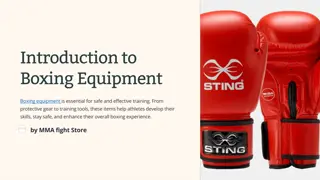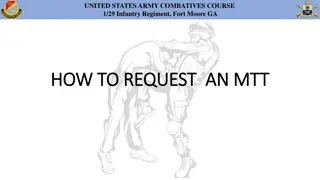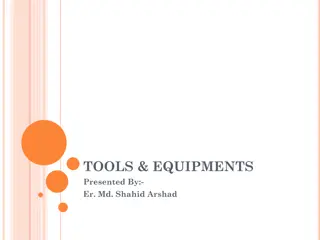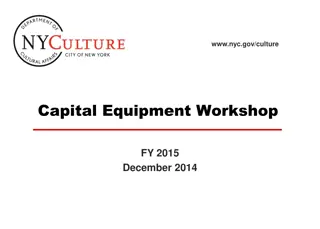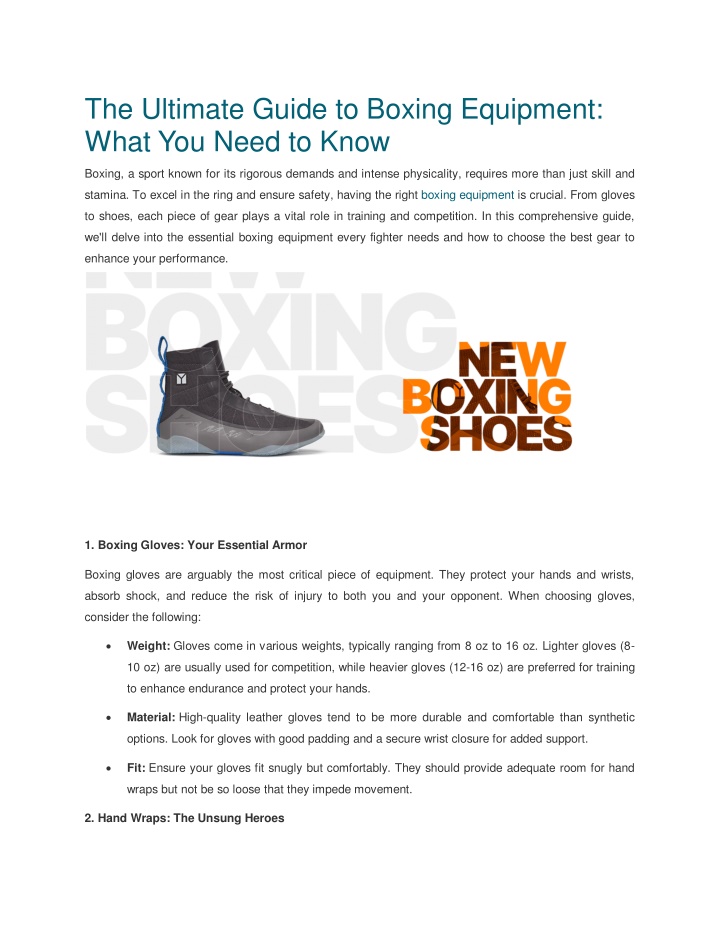
The Ultimate Guide to Boxing Equipment
Boxing, a sport known for its rigorous demands and intense physicality, requires more than just skill and stamina. To excel in the ring and ensure safety, having the right boxing equipment is crucial. From gloves to shoes, each piece of gear plays a
Download Presentation

Please find below an Image/Link to download the presentation.
The content on the website is provided AS IS for your information and personal use only. It may not be sold, licensed, or shared on other websites without obtaining consent from the author. If you encounter any issues during the download, it is possible that the publisher has removed the file from their server.
You are allowed to download the files provided on this website for personal or commercial use, subject to the condition that they are used lawfully. All files are the property of their respective owners.
The content on the website is provided AS IS for your information and personal use only. It may not be sold, licensed, or shared on other websites without obtaining consent from the author.
E N D
Presentation Transcript
The Ultimate Guide to Boxing Equipment: What You Need to Know Boxing, a sport known for its rigorous demands and intense physicality, requires more than just skill and stamina. To excel in the ring and ensure safety, having the right boxing equipment is crucial. From gloves to shoes, each piece of gear plays a vital role in training and competition. In this comprehensive guide, we'll delve into the essential boxing equipment every fighter needs and how to choose the best gear to enhance your performance. 1. Boxing Gloves: Your Essential Armor Boxing gloves are arguably the most critical piece of equipment. They protect your hands and wrists, absorb shock, and reduce the risk of injury to both you and your opponent. When choosing gloves, consider the following: Weight: Gloves come in various weights, typically ranging from 8 oz to 16 oz. Lighter gloves (8- 10 oz) are usually used for competition, while heavier gloves (12-16 oz) are preferred for training to enhance endurance and protect your hands. Material: High-quality leather gloves tend to be more durable and comfortable than synthetic options. Look for gloves with good padding and a secure wrist closure for added support. Fit: Ensure your gloves fit snugly but comfortably. They should provide adequate room for hand wraps but not be so loose that they impede movement. 2. Hand Wraps: The Unsung Heroes
Hand wraps are crucial for protecting your knuckles, fingers, and wrists. They help prevent injuries like fractures and sprains by providing additional support and stabilizing the bones. Here s what to consider: Length: Hand wraps typically come in lengths of 120 to 180 inches. Longer wraps offer more coverage and support. Material: Cotton wraps are breathable and comfortable, while synthetic wraps may offer additional stretch and support. Application: Learn how to wrap your hands properly to ensure maximum protection. Many trainers recommend practicing different wrapping techniques to find what works best for you. 3. Punching Bags: Your Training Partner Punching bags are essential for honing your technique, power, and endurance. There are several types to choose from: Heavy Bags: Ideal for power training and improving striking technique. They come in various weights and sizes, so choose one that suits your strength and goals. Speed Bags: Great for developing hand speed, rhythm, and coordination. They are smaller and bounce back quickly when hit. Double-End Bags: Useful for improving accuracy, reflexes, and timing. They are attached to the floor and ceiling and move when struck. 4. Boxing Shoes: The Foundation of Footwork Good boxing shoes are designed to provide traction, stability, and comfort. They play a vital role in your footwork, balance, and agility. When selecting boxing shoes, consider: Fit: Shoes should fit snugly but allow for some movement. They should support your ankles and provide cushioning for shock absorption. Sole: Look for shoes with a non-slip sole to maintain traction and stability during quick movements. Ankle Support: Some shoes offer higher ankle support for additional stability, which can be beneficial during intense bouts and training sessions. 5. Headgear: Safety First Headgear is essential for sparring and training to protect your head and face from potential injuries. Key factors to consider including:
Coverage: Choose headgear that provides ample coverage for the forehead, cheeks, and chin. Padding: Ensure the headgear has adequate padding to absorb impacts and reduce the risk of concussions. Fit and Adjustment: A snug fit is crucial. Look for adjustable straps to customize the fit to your head shape. 6. Mouthguards: Protect Your Smile Mouthguards are vital for protecting your teeth and jaw during sparring and bouts. When selecting a mouthguard, consider: Comfort: It should fit comfortably in your mouth without causing discomfort or affecting your breathing. Material: Choose a mouthguard made from high-quality, shock-absorbent material. Custom-fit options, although more expensive, offer the best protection and comfort. 7. Groin Protectors: Essential for Safety A groin protector is crucial for male boxers to shield against accidental low blows. Ensure it fits securely and comfortably, and choose a design that allows for mobility without compromising protection. In Conclusion Investing in high-quality boxing equipment is not just about enhancing performance; it's about ensuring safety and getting the most out of your training. From gloves and hand wraps to shoes and headgear, each piece of equipment plays a vital role in your journey as a boxer. By choosing the right gear and maintaining it properly, you'll be well on your way to achieving your boxing goals while staying safe in the ring. Whether you're a beginner or a seasoned pro, the right equipment can make all the difference. Gear up, train hard, and step into the ring with confidence!





